The monument church of the Pârvesti Monastery from eastern Vaslui County will be restored through the National Recovery and Resilience Program (PNRR), the representatives of the Husi Diocese announcing that the financing contract has been signed.
"Following constant and persistent efforts to restore this building, the Husi Diocese managed to complete all the technical documentation for the inclusion of the Parvesti Monastery in the PNRR within the call for projects for investments in tourism and culture, the March 2022 session. Thus, it was possible for the Parvesti Monastery to be the only tourist objective with national impact in Vaslui county included in the 12 cultural routes. The next stage is to put the entire project out to auction, in order to contract a specialized company to carry out the rehabilitation and restoration works of the church and the bell tower," said the councilor for church constructions and heritage of the Husi Diocese, Ciprian Aurelian Tacu, according to the institution's website.
The Parvesti Monastery is the only tourist objective with national impact in Vaslui County included in the 12 cultural routes financed by PNRR. Unique in the landscape of wooden churches in the region of Moldova, the church of Parvesti was built between 1816 and 1820 on the site of an older establishment, which dates back to 1666. The church is made entirely of wood, being unique due to the vaulting system, construction technique and the harmony of the volumes and preserves icons and period furniture made of linden wood carved and painted in the oil technique. The bell tower was built in 1820, in the western part of the premises, entirely of oak beams, ending in "right ridges", on a stone plinth. It has an internal wooden staircase and is covered with planks
The Parvesti Monastery is the only tourist objective with national impact in Vaslui County included in the 12 cultural routes financed by PNRR. Unique in the landscape of wooden churches in the region of Moldova, the church of Parvesti was built between 1816 and 1820 on the site of an older establishment, which dates back to 1666. The church is made entirely of wood, being unique due to the vaulting system, construction technique and the harmony of the volumes and preserves icons and period furniture made of linden wood carved and painted in the oil technique. The bell tower was built in 1820, in the western part of the premises, entirely of oak beams, ending in "right ridges", on a stone plinth. It has an internal wooden staircase and is covered with planks

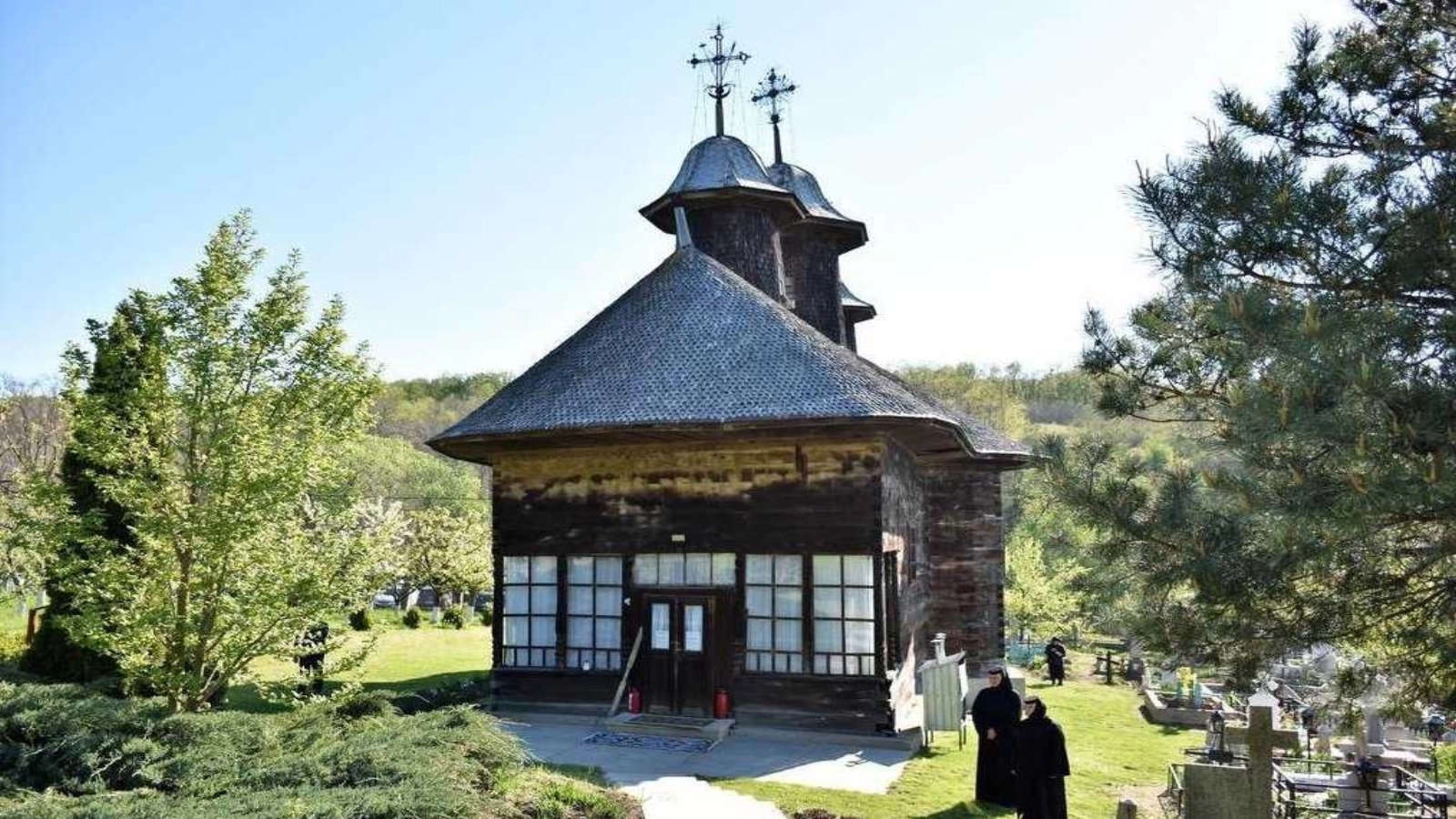


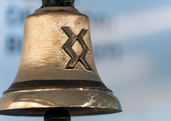


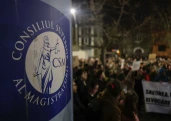


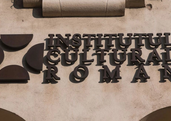























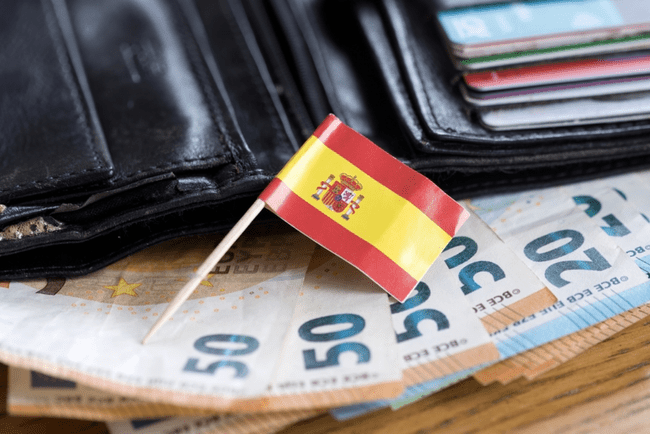

Comentează